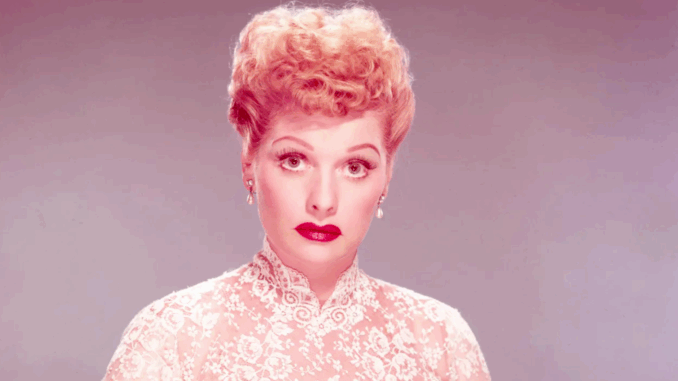
When I Love Lucy premiered on October 15, 1951, few could have predicted that a half-hour sitcom about a zany redhead, her patient husband, and their quirky neighbors would revolutionize television forever. Yet over 70 years later, the show remains one of the most influential — and rewatchable — comedies of all time.
Lucille Ball and Desi Arnaz didn’t just star in the series; they built it from the ground up. Together, they pioneered the three-camera filming technique before a live studio audience, allowing for both dynamic visuals and genuine laughter. They insisted on shooting on high-quality film rather than kinescope, which preserved the show for generations to come.
But it wasn’t just the technical innovations. The show dared to blend slapstick with relatable marital banter, situating outrageous comedy in a believable emotional core. Episodes like “Lucy Does a TV Commercial” and “Job Switching” (the iconic chocolate conveyor belt scene) remain cultural touchstones not because they’re old, but because they’re timeless.
The magic of I Love Lucy lies in its universality. Whether you’re watching in 1952 or 2025, you can still recognize yourself in Lucy’s ambitions, her over-the-top plans, and the inevitable chaos that follows. It’s not nostalgia that keeps the show alive — it’s the fact that great comedy never ages.
